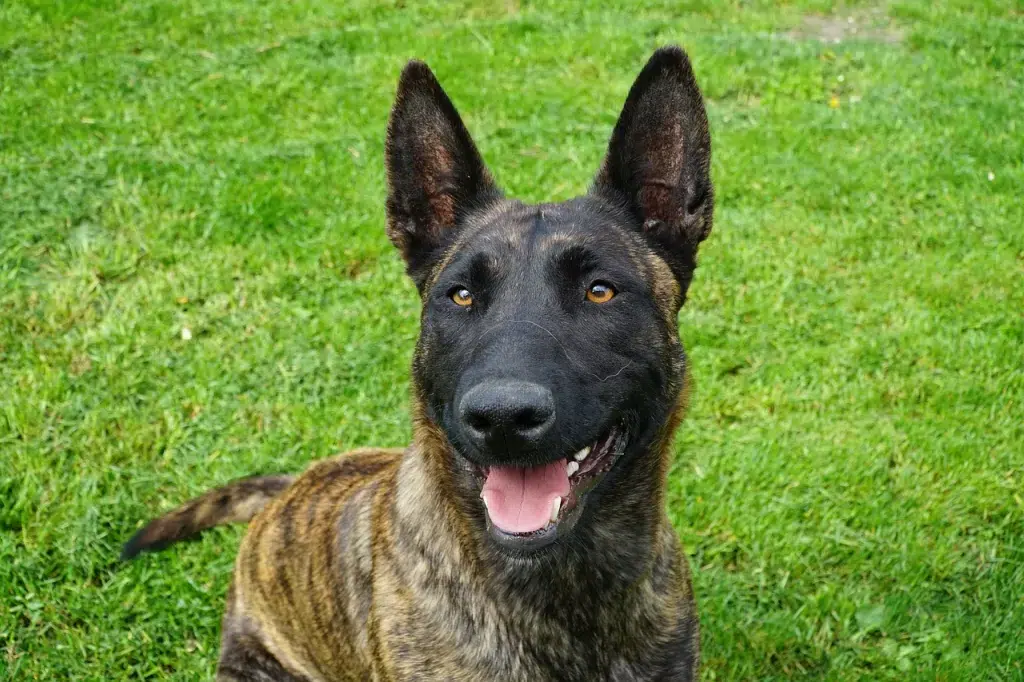Solving Common Dog Training Challenges: A Guide for Owners

Introduction:
Solving Common Dog Training Challenges: A Guide for Owners Training a dog can be a rewarding experience, but it’s not without its challenges. Many dog owners encounter common hurdles that can hinder the training process and leave them feeling frustrated and overwhelmed. However, with the right knowledge, patience, and techniques, these challenges can be overcome. In this blog, we will provide a comprehensive guide to help dog owners navigate through common training obstacles. By understanding and addressing these challenges head-on, you can set your dog up for success and strengthen your bond along the way.
The Importance of Identifying Training Challenges:
Recognizing and acknowledging the specific challenges you’re facing is the first step toward finding effective solutions. We’ll discuss common training obstacles such as leash pulling, jumping on people, excessive barking, and house training issues. By understanding the underlying causes of these challenges, you can tailor your approach to address them effectively.
Patience, Consistency, and Positive Reinforcement:
Patience and consistency are key when it comes to dog training. We’ll delve into the importance of setting realistic expectations and providing clear, consistent cues and commands. Additionally, we’ll emphasize the power of positive reinforcement, rewarding desired behaviors to motivate and encourage your dog.
Leash Pulling and Loose Leash Walking:
Leash pulling is a common challenge that can make walks frustrating and unpleasant. We’ll explore techniques to teach your dog loose leash walking, including proper leash handling, rewarding good behavior, and implementing consistent training exercises. With time and patience, you can transform walks into enjoyable experiences for both you and your furry companion.
Jumping Up on People:
Dogs often greet people by jumping up, which can be undesirable and even dangerous. We’ll provide strategies to address this behavior, including teaching alternative greetings, reinforcing calm behavior, and setting boundaries. By redirecting your dog’s attention and rewarding appropriate greetings, you can curb this challenging habit.
Excessive Barking:
Excessive barking can be disruptive and frustrating for both dog owners and their neighbors. We’ll discuss the potential reasons behind excessive barking and provide techniques to manage and reduce it. This includes identifying triggers, teaching the “quiet” command, and utilizing positive distractions to redirect your dog’s focus.
House Training Challenges:
House training is a crucial aspect of dog ownership, but accidents can happen, especially during the early stages. We’ll offer guidance on establishing a consistent routine, utilizing positive reinforcement for successful bathroom breaks, and addressing any setbacks or accidents that may occur. With a structured approach and patience, you can successfully navigate the house training process.
Conclusion:
Solving common dog training challenges requires understanding, patience, and consistent effort. By identifying the specific challenges you face, employing positive reinforcement techniques, and providing clear communication, you can overcome these hurdles and set your dog up for success. Remember, training is an ongoing process, and setbacks are a natural part of learning. With dedication and a positive mindset, you can navigate through these challenges and build a strong, well-behaved bond with your furry friend. So, embrace the journey, equip yourself with the tools in this guide, and enjoy the transformative experience of overcoming training challenges together.
Solving Common Dog Training Challenges: A Guide for Owners Read More »




